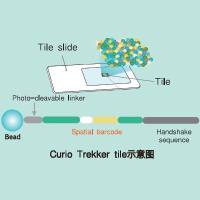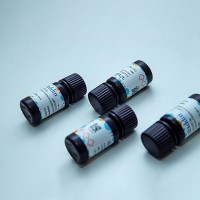Gene Mapping by FISH
互联网
661
The efforts to localize genes to human chromosomes date back to the early 1970s. Although few techniques were available to map genes, many scientists recognized that the ability to determine the location of genes and DNA sequences on human chromosomes would not only facilitate the identification of disease-related genes, but might also provide important knowledge on the organization of chromosomes and the mechanisms of gene expression. With the introduction of somatic cell genetics and the development of hybrid cell panels in the mid-1970s, investigators were now capable of mapping sequences to whole chromosomes and, in some cases, to specific chromosome regions or bands. Nonetheless, the major breakthrough in mapping efforts was provided by the development of in situ hybridization of isotopically labeled probes; this technique provided the first method by which scientists could actually visualize the hybridization of a DNA probe to chromosomes (1 ,2 ). Using this technique, genes could be mapped to a few chromosome bands and often to a single band. The disadvantages of this method were the relatively poor spatial resolution owing to scatter of the radioactive emissions, the length of time for the procedure (long autoradiographic exposure times were typically required), and the poor stability of the probes. The introduction of techniques to detect hybridized probes using fluorochromes in the late 1970s circumvented many of these problems (3 ,4 ); however, it was not until the end of the next decade that fluorescence in situ hybridization (FISH) techniques became widely applicable (5 ,6 ).







